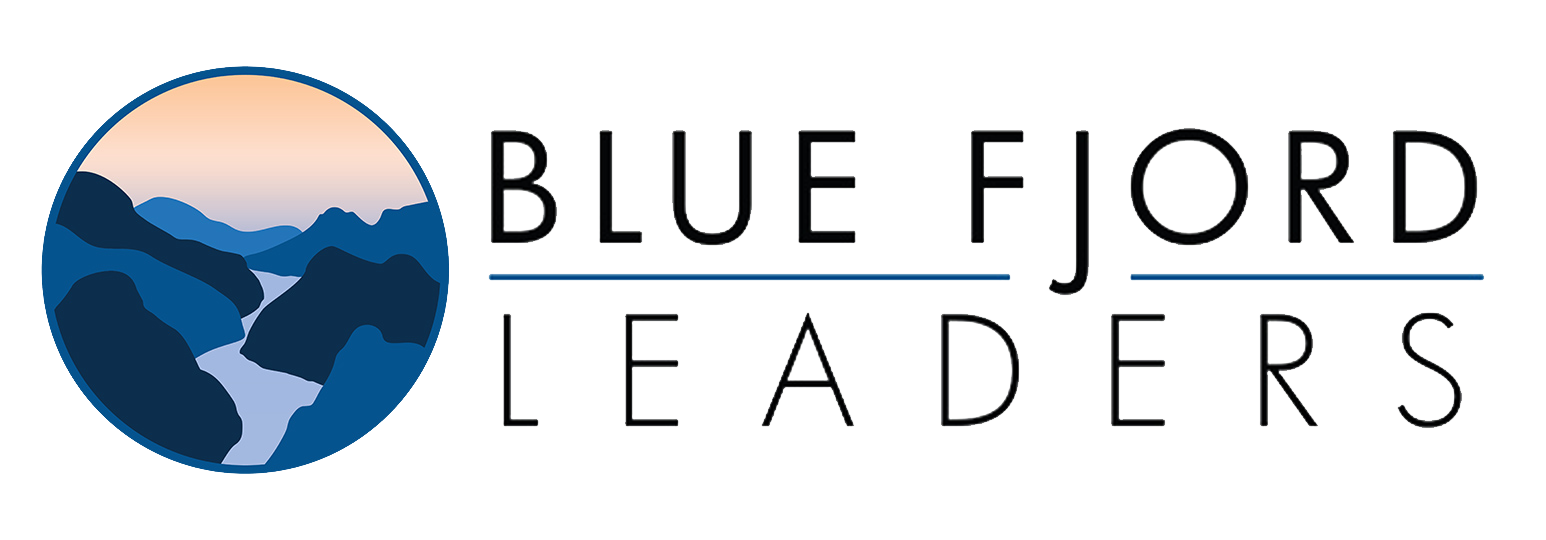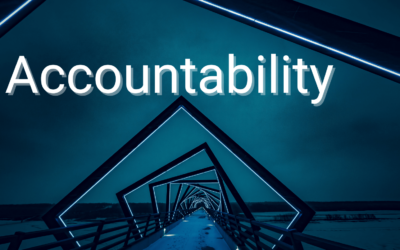
The phrase “It’s hard to read the label when you’re inside the jar” helps us realize how difficult it is to assess how we are acting and being perceived. Self-awareness is critical for success in any role, but especially in management and leadership roles. Without self-awareness, it’s difficult to understand how our own behavior affects others, and how to adapt our communication style to achieve the desired results.
Research suggests that when we see ourselves clearly, we are more confident and more creative. We make sounder decisions, build stronger relationships, and communicate more effectively. We are better workers who get more promotions. And we’re more-effective leaders with more-satisfied employees and more-profitable companies.
There are two types of self-awareness: internal and external.
Internal self-awareness is knowing yourself in terms of what you like/don’t like. We are able to see our own values, passions, aspirations, fit with our environment, reactions (including thoughts, feelings, behaviors, strengths, and weaknesses), and impact on others. Internal self-awareness is associated with higher job and relationship satisfaction, personal and social control, and happiness; it is negatively related to anxiety, stress, and depression.
External self-awareness is understanding how other people see you, in terms of those same factors. Research shows that people who know how others see them are more skilled at showing empathy and taking others’ perspectives. For leaders who see themselves as their employees do, their employees tend to have a better relationship with them, feel more satisfied with them, and see them as more effective in general.
Self-awareness is not a trait that you either have or don’t have. It’s a skill that you can develop over time with practice. And like any skill, the more you use it, the better you become at it.
Here are some suggestions for ways to increase self-awareness:
- Pay attention to your reactions. When something happens, take a step back and notice how you react, both emotionally and physically. What thoughts go through your head? What emotions do you feel? What does your body do?
- Check in with others. Ask people who know you well how they would describe you, both strengths and weaknesses. Be sure to ask people whose opinions you trust and who will give you honest feedback.
- Keep a journal. Writing regularly about your thoughts and experiences can help you see patterns in your behavior that you might not otherwise notice.
- Try a self-assessment test. These can provide valuable insights into your strengths, weaknesses, and preferences. If you missed it, our newsletter on August 9, includes a short assessment that gives insight into your communication approach. Try it!
- Step outside your comfort zone. Challenging yourself in new ways can help you learn more about yourself.
- Be mindful. Mindfulness is the practice of paying attention to the present moment without judgment. This can help you become more aware of your thoughts, emotions, and behaviors.
- Seek feedback. Ask for feedback from others, and give yourself permission to experiment and make mistakes.
Even though most people believe they are self-aware, only 10-15% of the people we studied actually fit the criteria.
If you’re interested in learning more about self-awareness and how to bridge the gap from technical expert to manager and leader, click here to take a short quiz.





0 Comments